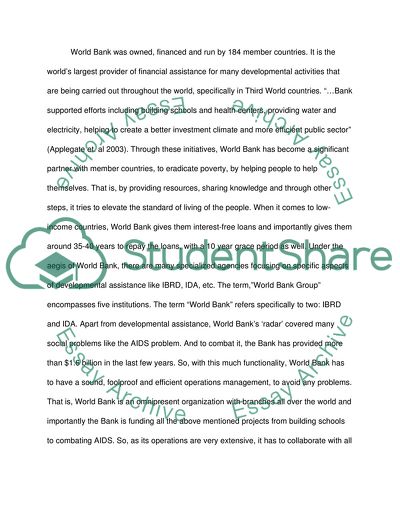Cite this document
(The Use of IT for Strategic Collaboration between Businesses Research Paper - 2, n.d.)
The Use of IT for Strategic Collaboration between Businesses Research Paper - 2. Retrieved from https://studentshare.org/information-technology/1730362-business-information-systems
The Use of IT for Strategic Collaboration between Businesses Research Paper - 2. Retrieved from https://studentshare.org/information-technology/1730362-business-information-systems
(The Use of IT for Strategic Collaboration Between Businesses Research Paper - 2)
The Use of IT for Strategic Collaboration Between Businesses Research Paper - 2. https://studentshare.org/information-technology/1730362-business-information-systems.
The Use of IT for Strategic Collaboration Between Businesses Research Paper - 2. https://studentshare.org/information-technology/1730362-business-information-systems.
“The Use of IT for Strategic Collaboration Between Businesses Research Paper - 2”. https://studentshare.org/information-technology/1730362-business-information-systems.


